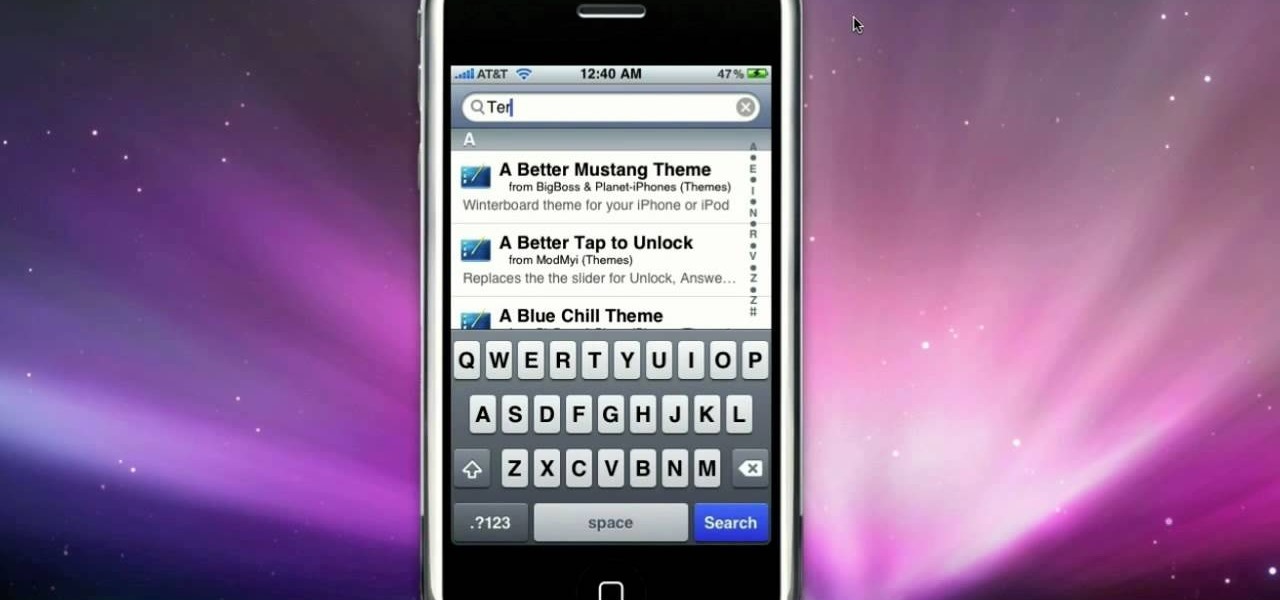

HOW TO SSH ON MAC IPHONE PASSWORD
Entering a password every time you have to SSH into the device is very tedious.

This includes transferring files to/from the device via SCP. If it still doesn’t work, make sure your SSH Agent’s private key is unlocked and try again.If you are developing for/on a jailbroken iPhone or iPad you are more than likely going to have to SSH into your iDevice a number of times. Instead of being prompted for your password, you should be able to log in immediately using the key. By login back onto your server, you can now test the public key authentication. G68tvmydA61ZqaGuLOPJ58icchv3prL7kCt+7lhqZyXFbllRPQ= the file and close the editor once you’ve copied the public key to the permitted keys list. KgSNpiEt0mGOCjEIy7JrATZcBXx4Ve2Jaqr3l/7FrdbLJfWYoR5LssBRzuCFGWRĠXjuf2HgPNsLTn6lDvrYKVdo0aTvNvdTIixjB/AEgSt2y4/7sJPMqLSXq/WhA78a VlFLIxsXu23AaQit8B3rGshie/sH3E5WJ7iqA6VQXsbdLwlSXJfmFQq8KGWtx7cxĬ7Ft3kXerrzIk6q2Bih+GmrFLD1tCV9UrvgIditwp/BAJqtgyuGZY9wBB9NBubhQ It’s worth noting that the key type, ssh-rsa, must also be specified, as seen in the sample below.ĪAAAB3NzaC1yc2EAAAABJQAAAQEA61Ak9YHhfrNe2gnHcfxTIOiHvH6A2D1dsT8h To allow OpenSSH to read the key, make sure it’s on a single line. Step 6 – Simply right-click the SSH client window and paste the public key into the file. OpenSSH searches for public keys, which are called authorized_keys. Go to the SSH key directory by opening an SSH connection to your cloud server. This will import the key into your PuTTY client, but the public key must still be copied to your server. You’ll have to supply the private key’s location and name if you saved it somewhere other than the default location and name.Īfter that, you may connect to your cloud server using the keys for authentication, and you just have to unlock the key after the computer restarts by repeating the last two steps. When prompted, enter the current passcode for your key. To start the agent and add the private SSH key, use the instructions below. Step 6 – Set up SSH Agent to store the keys to avoid having to re-enter the passphrase at every login (Optional) Ssh -i /path/to/private/key a result, we are now able to SSH into our machine using our PRIVATE KEY! Note that if you’re not using the default path and file names, you’ll need to use the -i flag to specify the private key file: If you’ve previously specified a passphrase, you’ll be prompted to do so again: Step 5 – With that, we can now just SSH into our server using the following command:

We’ll utilize the default settings for our demonstration. You can always specify a different path and name for the Private Key file. Here id_rsa is the name of our Private Key file.

Enter a new name or press enter to use the default.
HOW TO SSH ON MAC IPHONE GENERATOR
The key generator will ask for the location and name of the file where the key will be kept. Step 1 – Use the following command to generate a new key pair in a terminal. Users of PuTTY should go to the next section. If you’re using Linux or another OS that supports OpenSSH, you can now continue on your own computer. For Linux or another OS that supports OpenSSH


 0 kommentar(er)
0 kommentar(er)
